Sanchon (산촌)
839.4M 2019-06-13
30-13, Insadong-gil, Jongno-gu, Seoul
+82-2-735-0312
Founded and opened by Monk Jeongsan,
Sanchon is a
vegan-friendly restaurant that mainly serves temple foods. The
dishes found here are a results of Kim Yun-sik, who was inspired
by the simple, clean and healthy diet that a Buddhist practitioner taught
him years ago. Now, being a top authority on vegetarian
food in Korea, Kim Yun-sik helped perfect the standard and quality of
temple food.
The dishes are made with all natural ingredients such as vegetables and mountain herbs, and are cooked without chemical additives. The actual dishes served vary by season, and in order to meet the tastes of the general public, the
restaurant includes "five spices" (garlic, shallots, mountain leeks, etc.), which monks are typically not allowed to eat. Those who would like their food without these ingredients are asked to make their request at least one day prior to visiting.
Jongno Buldwaeji(종로불돼지)
839.5M 2020-11-19
67, Cheonggyecheon-ro, Jongno-gu, Seoul
+82-2-734-1190
A place that sells pork pre-grilled on briquette fire. The best menu at this restaurant is skin-on pork belly. This Korean dishes restaurant is located in Jongno-gu, Seoul.
Jongnojokppal (종로족빨)
839.5M 2021-03-22
22, Ujeongguk-ro, 2-gil, Jongno-gu, Seoul
+82-2-734-1222
A famous place for group dinners among workers in Jongno. This Korean dishes restaurant is located in Jongno-gu, Seoul. The most famous menu is braised pigs' feet.
Haemong (해몽)
841.5M 2021-03-19
15-5, Insadong-gil, Jongno-gu, Seoul
+82-2-735-4229
A barbecue specialty restaurant located in Insa-dong, Seoul. The most famous menu is grilled pork belly. A Korean BBQ restaurant.
Arirang Master Crafts Shop (아리랑명품관)
844.0M 2021-12-01
17-1, Insadong-gil, Jongno-gu, Seoul
+82-2-739-5700
Arirang Master Crafts Shop is a comprehensive shopping center dealing with traditional Korean crafts. It covers traditional crafts by famous artists, pottery for daily use, decorative pottery, lacquer ware inlaid with mother-of-pearl, crafts made of traditional Korean paper and more. Every product has a fixed price. In addtion, customers can enjoy diverse works displayed in the Migak Museum (Migak means delicate sculpture for eyes to see), located in the shop.
Deoksugung Palace's Daehanmun Gate (덕수궁 대한문)
843.9M 2025-01-13
99 Sejong-daero, Jung-gu, Seoul
+82-2-771-9951
Located near City Hall station, Daehanmun Gate is the main gate of Deoksugung Palace, one of the princiapl five palaces of Joseon dynasty. The name "Daehan" means wish for eternal prosperity of the Korean Empire. In front of the gate, the Palace Royal Guard Changing Ceremony is held twice daily, along with the reproduction of costumes and style throughout the year.
Jeongdong Culture Night (정동야행)
843.9M 2025-05-20
99 Sejong-daero, Jung-gu, Seoul
+82-2-3396-4625
Jeongdong Culture Night is dedicated to promoting the history and culture of Jeongdong, a neighborhood in Jung-gu, Seoul. The festival programs allow participants to understand how the history is connected to today's culture and offers an opportunity to view Jeongdong's cultural facilities in a different perspective.
Seoul Art Center Gongpyeong Gallery (서울아트센터 공평갤러리)
844.9M 2021-06-19
24, Insadong-gil, Jongno-gu, Seoul
+82-70-4214-0070
Opened in 1992, Seoul Art Center Gongpyeong Gallery is a 17,791㎡, two-story building with four exhibition halls. It is one of the main galleries of Insa-dong, displaying diverse artwork ranging from Western and Korean paintings to sculptures. Due to the great interest in Korean paintings, 2~3 of the annual long-term exhibitions focus solely on them.
Seungdong Church (승동교회)
846.1M 2020-04-02
7-1, Insadong-gil, Jongno-gu, Seoul
+82-2-732-2340
Seungdong Presbyterian Church was designated Tangible Cultural Asset No. 130 by the Seoul Metropolitan Government on April 6, 2001. Originally known as “Gondanggol Church,” the church was established by Samuel Foreman Moore (1860-1906) in 1893. In those days, the church was known as a “baekjeong church” since it primarily drew Korea’s social underdogs such baekjeong (the butchers), the untouchable class of Joseon society.
Following a number of relocations and name changes (called “Gondanggol,” “Jungang,” and finally “Seungdong”) the church was moved to its current location in Insadong. After Moore died in 1906, Charles Allen Clark became the pastor of the church and Mongyang Yuh Woon-hyung, a key figure in the political history of Joseon, became active in the church. The church was attended by many other activists as well. In fact, the large student demonstration that took place during the March 1st Independence Movement in 1919 was organized by a group of young church members. The church once again made its mark on history with the establishment of the Joseon Theological Seminary in 1939.
Seungdong Church (B1-2F) covers a total of 660 square meters. No record has been found on its architect or builder, but the building is said to have been one of the more magnificent buildings in the area before its beauty was obscured by newer structures.
Doseong (도성)
846.1M 2021-03-26
15, Jahamun-ro 7-gil, Jongno-gu, Seoul
+82-2-738-8885
Sujebi jjambbong (Korean spicy seafood noodle soup with hand-pulled dough) is also a popular menu. This restaurant's signature menu is noodles in black bean sauce. This Korean dishes restaurant is located in Jongno-gu, Seoul.
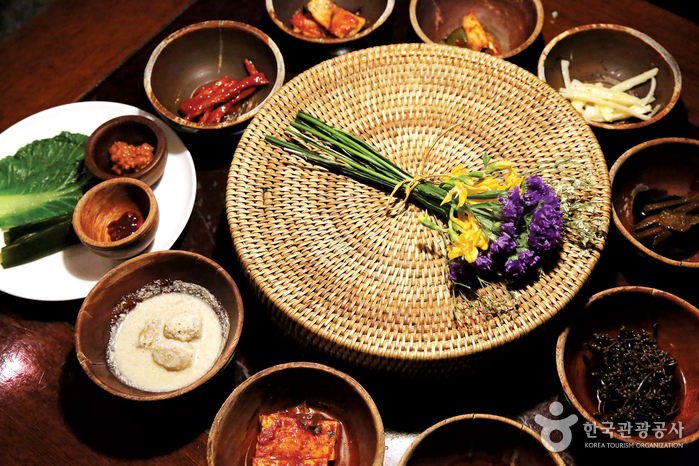
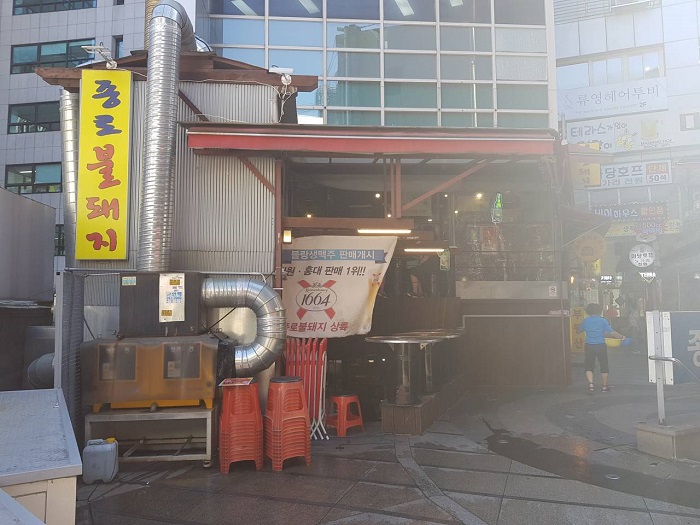
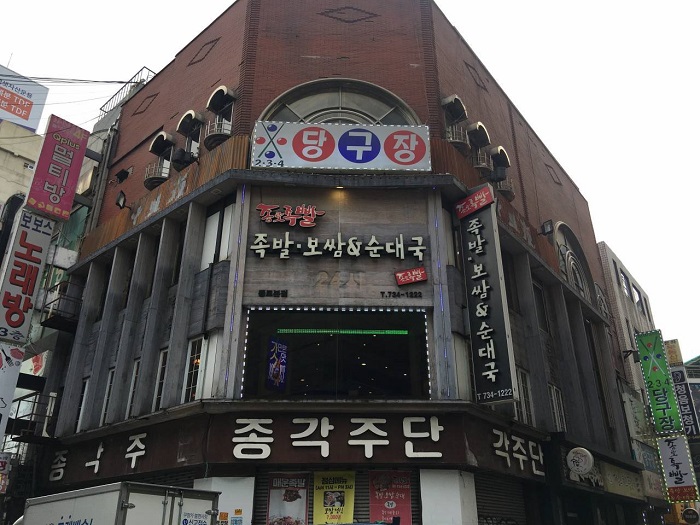
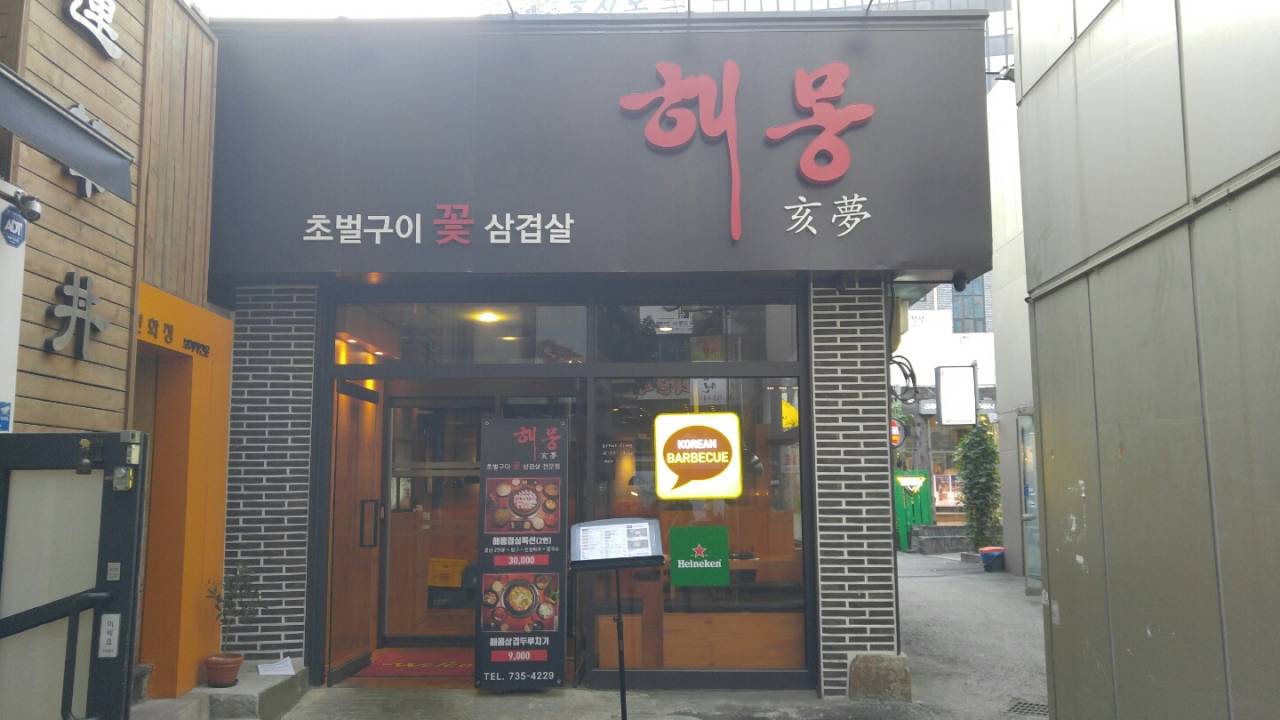
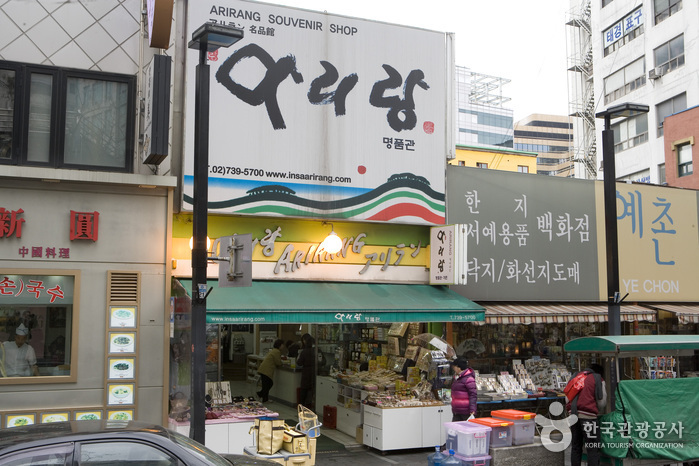
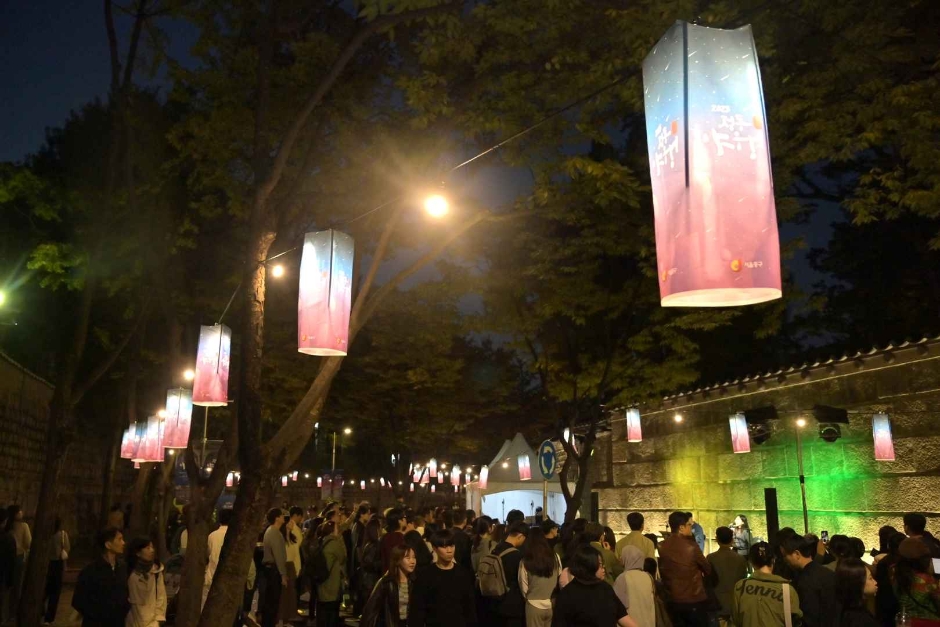
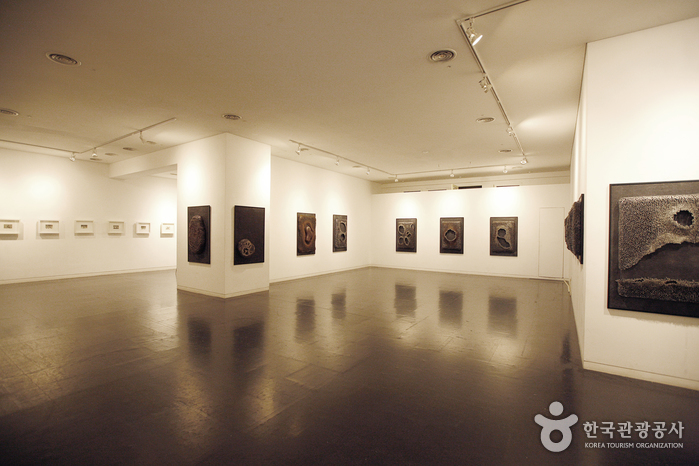
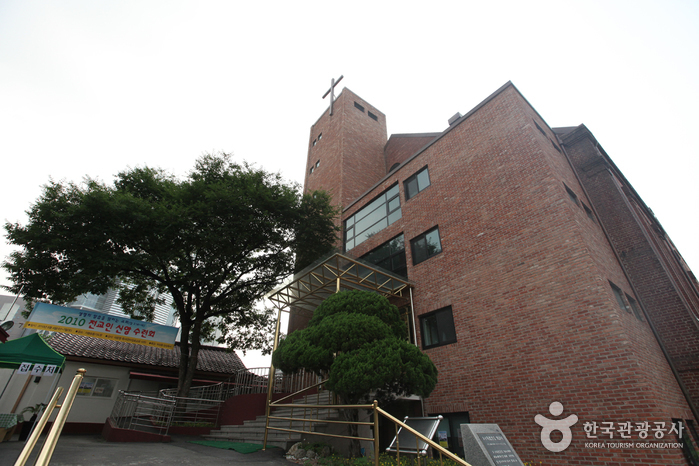
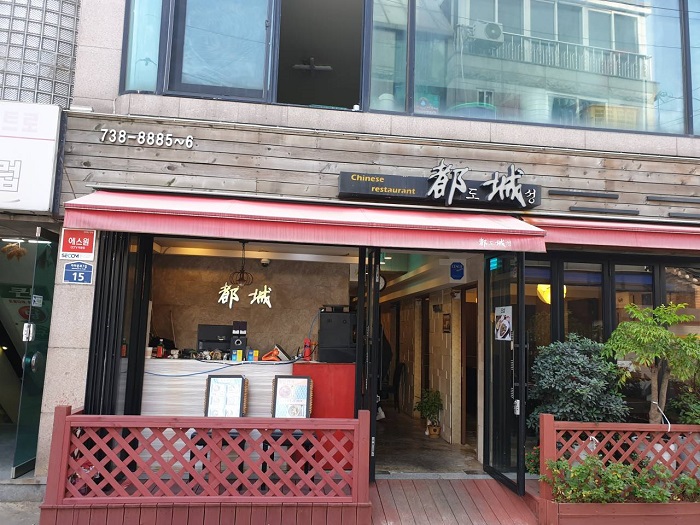
 English
English
 한국어
한국어 日本語
日本語 中文(简体)
中文(简体) Deutsch
Deutsch Français
Français Español
Español Русский
Русский